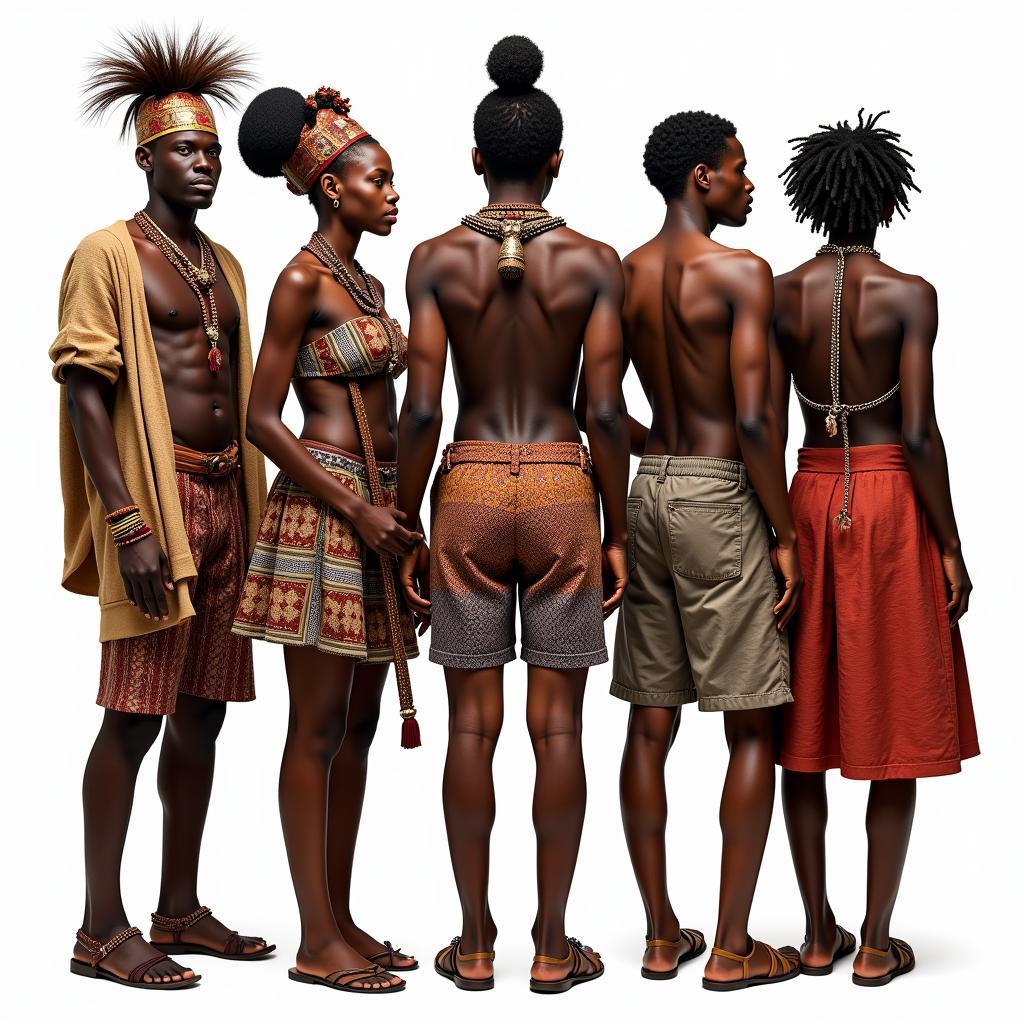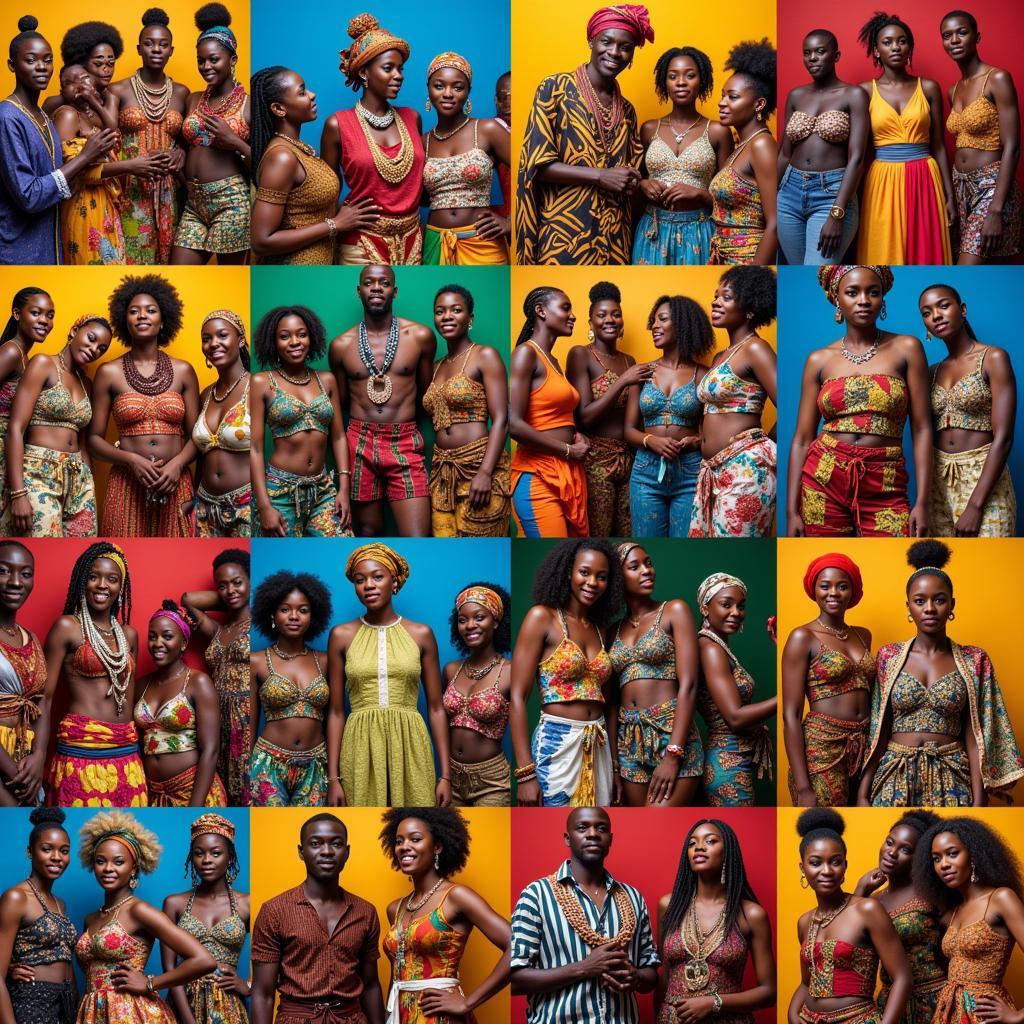Unveiling Stories Through Stitches: African American Quilts at the Smithsonian
African American quilts at the Smithsonian offer a powerful lens through which to explore history, culture, and artistry. These intricate textiles are far more than just bed coverings; they are vibrant expressions of resilience, creativity, and community, narrating stories of family, faith, and the African American experience.
The Rich History of African American Quilts
From their origins in practical necessity to their evolution into recognized art forms, African American quilts hold a unique place in American history. Enslaved people utilized quilting skills for warmth and comfort, often incorporating scraps of fabric and discarded materials. These early quilts, while functional, also served as a subtle form of resistance, allowing makers to express their creativity within the confines of their circumstances. Over time, quilting traditions became deeply intertwined with African American communities, evolving into a powerful medium for storytelling and cultural preservation.
As African Americans migrated throughout the United States, particularly during the Great Migration, quilting traditions traveled with them, adapting to new environments and influences. The Gee’s Bend quilters of Alabama, for example, developed a distinctive style characterized by bold, improvisational designs, reflecting their isolated community and rich artistic heritage. These quilts, now celebrated for their abstract beauty, are a testament to the enduring power of creativity and cultural continuity.
African American Quilts: A Window into Culture and Community
African American quilts often incorporate specific patterns and motifs that carry symbolic meaning. These visual narratives can represent anything from ancestral connections to spiritual beliefs, offering glimpses into the rich tapestry of African American culture. Some quilts feature patterns inspired by African textiles, while others incorporate imagery related to the Underground Railroad, showcasing the ingenious ways in which quilts were used for communication and guidance.
The act of quilting itself often served as a communal activity, bringing women together to share stories, skills, and support. Quilting bees, as these gatherings were known, provided a vital space for social interaction and creative expression, strengthening the bonds within African American communities. This tradition of collective creation further underscores the importance of quilts as not only individual works of art but also as powerful symbols of collective identity and resilience.
Exploring African American Quilts at the Smithsonian
The Smithsonian’s National Museum of African American History and Culture houses a remarkable collection of African American quilts, showcasing the diverse styles, techniques, and stories embedded within these remarkable textiles. From meticulously pieced narrative quilts to boldly patterned improvisational designs, the collection offers a comprehensive overview of the art form’s evolution and significance. Visiting the museum provides a unique opportunity to witness firsthand the artistry and craftsmanship of these quilts, gaining a deeper understanding of their cultural and historical context.
Dr. Valencia Jones, a renowned textile historian, notes, “African American quilts are not simply objects; they are living testaments to a rich and complex history. Each stitch holds a story, each pattern a memory, each quilt a legacy.”
How are African American quilts preserved at the Smithsonian?
The Smithsonian employs meticulous preservation methods to ensure the longevity of these precious artifacts. This includes carefully controlled environments to regulate temperature and humidity, as well as specialized storage techniques to prevent damage.
Why are African American quilts important?
They are important because they offer a unique perspective on African American history, culture, and artistry, showcasing the resilience, creativity, and community of their creators.
Professor Kimberly Davis, an expert in African American art, adds, “These quilts are tangible links to the past, connecting us to the stories of generations of African American women who transformed scraps of fabric into powerful expressions of creativity and resistance.”
Conclusion
African American quilts at the Smithsonian provide a compelling narrative of African American history and culture. These meticulously crafted textiles are more than just beautiful objects; they are tangible expressions of resilience, creativity, and community. Exploring these quilts offers a profound opportunity to connect with the stories and legacies woven into their intricate designs. Learn more about african american art pictures to further explore the rich tapestry of African American artistic expression.
FAQ
-
What are African American quilts?
They are textiles created by African Americans, often incorporating unique patterns, techniques, and stories. -
Where can I see African American quilts at the Smithsonian?
The National Museum of African American History and Culture houses a significant collection. -
What makes African American quilts unique?
Their unique blend of artistry, cultural significance, and historical context sets them apart. -
Why are these quilts important?
They provide invaluable insights into African American history, creativity, and community. -
How are the quilts preserved?
The Smithsonian employs specialized methods to ensure their long-term preservation. -
What kind of stories do the quilts tell?
They tell stories of family, faith, resilience, and the African American experience. -
How can I learn more about African American art?
Explore online resources and museum collections to delve deeper into this rich artistic tradition.
Need support? Contact us 24/7: Phone: +255768904061, Email: kaka.mag@gmail.com, or visit us at Mbarali DC Mawindi, Kangaga, Tanzania.

